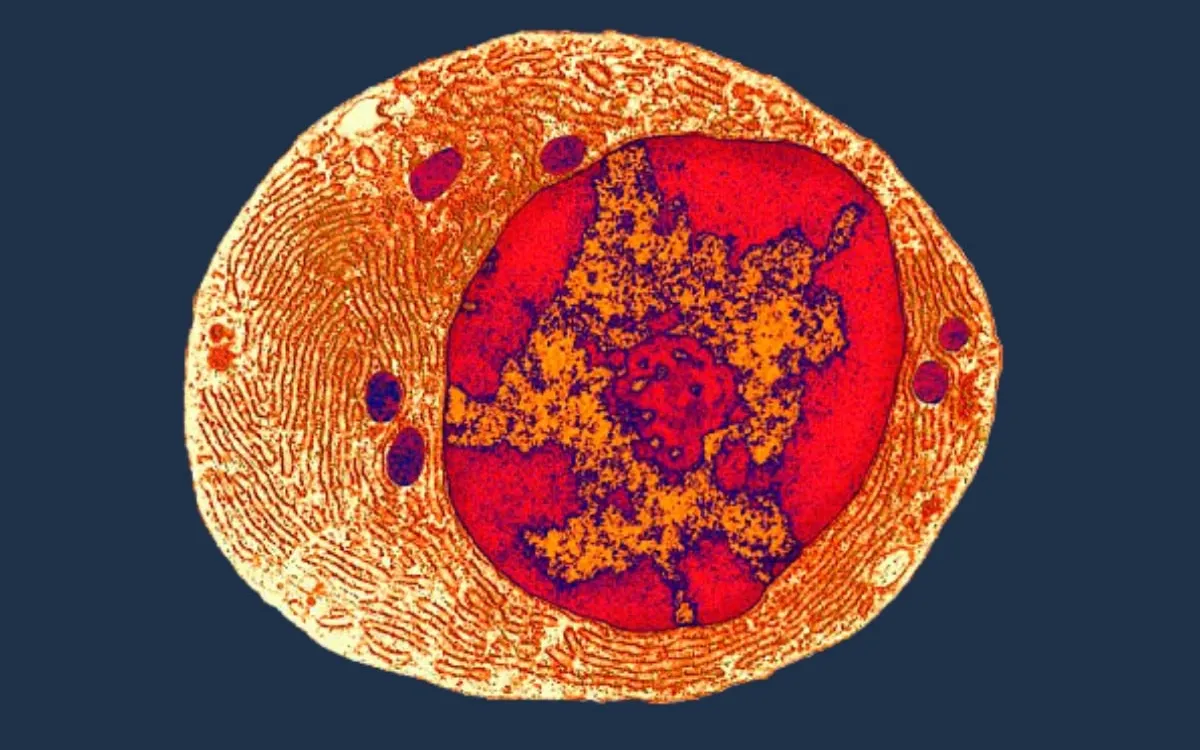
The Last Universal Common Ancestor (LUCA) is a theoretical single organism from which all life on Earth is believed to have descended. Recent discoveries indicate that LUCA may have emerged far earlier than previously estimated, challenging long-standing assumptions about the origins of life. This revelation suggests that biological evolution likely began under conditions that were radically different from what scientists once envisioned.
If LUCA is indeed significantly older than earlier estimates, it opens up new questions regarding the geochemical environment of early Earth and the factors that allowed life to both arise and diversify. A recent study published in Nature Ecology & Evolution has traced the origins of LUCA further back in time than scientists had anticipated, utilizing molecular and genetic data to refine the timeline of life’s emergence.
For years, scientists estimated that LUCA existed around 3.5 billion years ago, marking the dawn of Earth’s biological history. However, new research suggests that LUCA could be hundreds of millions of years older, potentially placing its emergence closer to 4 billion years ago. This significant shift in timeline alters the scientific community's understanding of the origins of life on Earth.
Through the analysis of ancient genetic markers found in all living organisms today, researchers have reconstructed the essential genes that LUCA likely possessed. These markers indicate that LUCA was a simple, single-celled organism capable of thriving in extreme environments, likely near hydrothermal vents deep in the ocean. Tim Lenton, a co-author of the study, emphasizes that “It’s clear that LUCA was exploiting and changing its environment, but it is unlikely to have lived alone.”
The discovery regarding LUCA's age is rooted in advancements in genomic analysis. Researchers scrutinized the most ancient genes present across all forms of life, including bacteria, archaea, and more complex organisms. By estimating the rate of genetic mutations over billions of years, scientists have adjusted their models to push LUCA’s origins back significantly.
One of the most compelling pieces of evidence comes from ribosomal RNA—a fundamental molecule present in every living cell. The structure and function of this molecule have remained nearly unchanged for billions of years, making it a reliable marker for tracking the age of life’s earliest ancestor. Martin’s research team identified 355 genes believed to have been present in LUCA. These findings suggest that LUCA was an anaerobic, autotrophic organism, meaning it lived without oxygen and generated its own energy from hydrogen and carbon dioxide, resembling certain bacteria found today in hydrothermal vents.
The notion that life emerged so quickly after Earth became habitable supports the “life everywhere” hypothesis. This theory posits that if the right conditions are present, life will inevitably arise. Such findings bolster the argument that microbial life could exist on Mars, in the ice-covered oceans of Europa, or within the methane-rich atmosphere of Titan.
In conclusion, the revised timeline of LUCA's emergence not only reshapes our understanding of the origins of life on Earth but also has profound implications for the search for life beyond our planet. As researchers continue to refine our understanding of LUCA, the quest to uncover the mysteries of life continues to unfold.